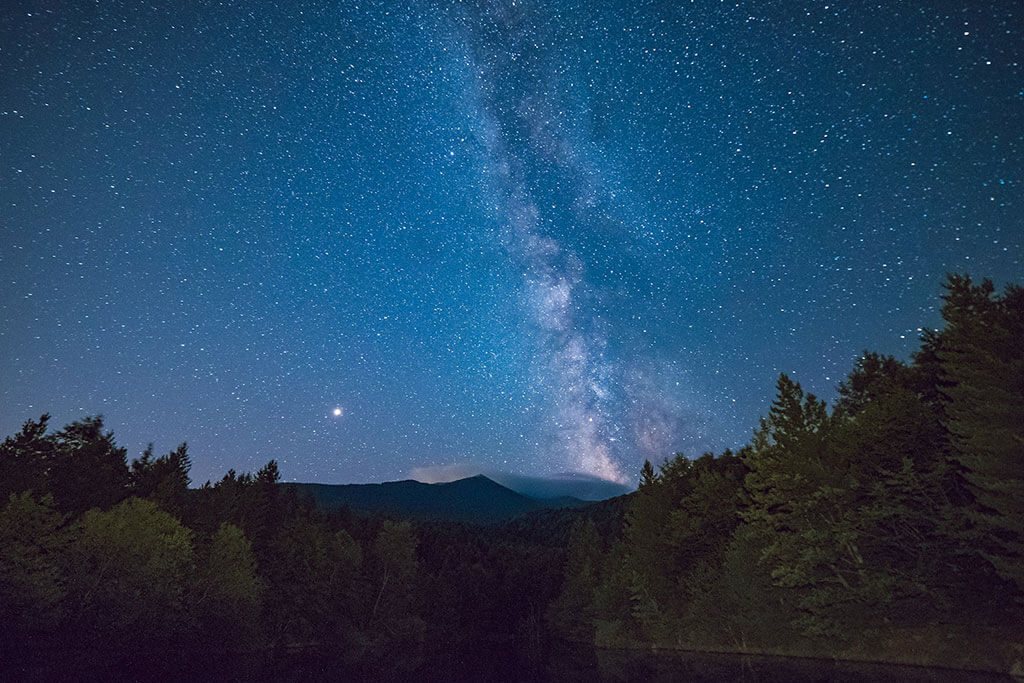
1
January
New Moon
The moon is between us and the sun. Withouth the moon in the sky at night, deep sky objects are easier to observe.

29
August
Neptune at opposition
Neptune is closest to earth for the year, giving the best views in a telescope.

29
March
Messier Marathon season
See: http://en.wikipedia.org/wiki/Messier_marathon

8
April
Mars at opposition
Mars is closest to earth for the year, giving the best views in a telescope.

22
April
Lyrid Meteors
See: http://en.wikipedia.org/wiki/Lyrids

17
November
Leonid Meteors
See: http://en.wikipedia.org/wiki/Leonids

1
April
Global Astronomy Month
See: http://universechallenge.org/global-astronomy-month-2013/

13
December
Geminid meteors
See: http://en.wikipedia.org/wiki/Geminids

29
March
Earth Hour
See: http://en.wikipedia.org/wiki/Earth_Hour

22
April
Earth Day
See: http://en.wikipedia.org/wiki/Earth_Day
